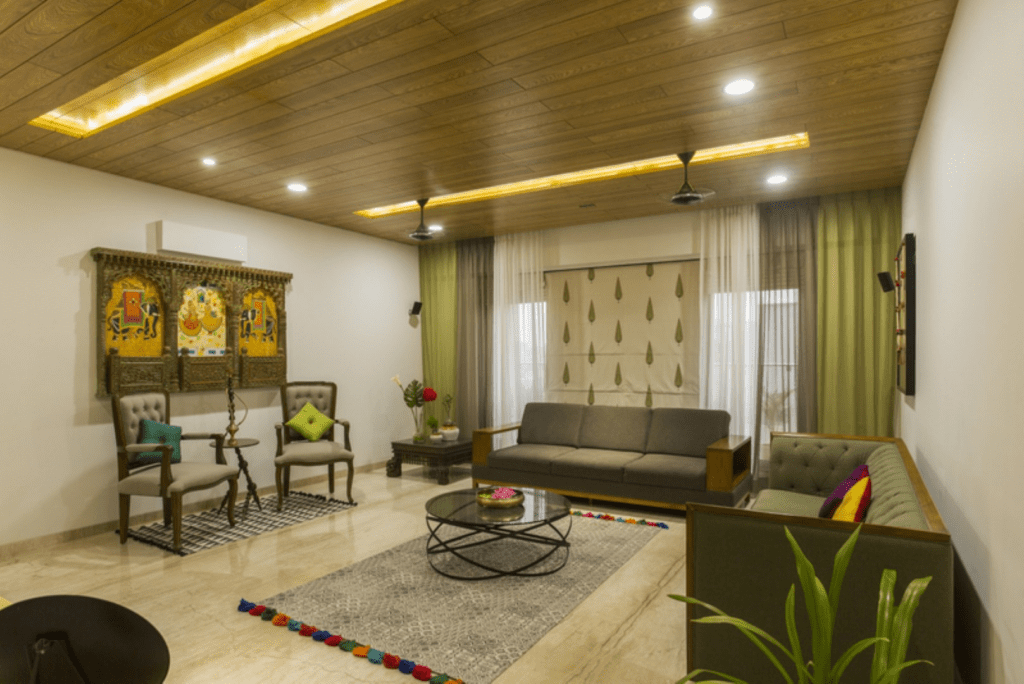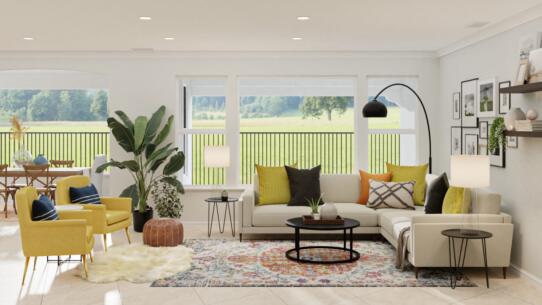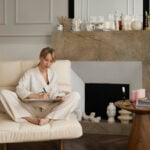In the ever-evolving world of interior design, blending modern and traditional elements can create a How to Mix Modern and Traditional Decor harmonious and timeless space. This fusion can result in interiors that exude warmth, character, and style when done right.
This guide will walk you through five essential tips to master the art of mixing modern and traditional decor seamlessly.
How to Mix Modern and Traditional Decor Embrace Timeless Color Combinations

Colors play a pivotal role in setting the mood of a space. Drawing inspiration from vintage color schemes can breathe new life into modern settings. For instance, a classic combination of denim blue with aged antique orange can create rooms that appear effortless and stylish. Such tones embrace the trend for relaxed living and can stand out beautifully against neutral palettes. If you’re hesitant about bold colors, consider color-blocking on a single wall or incorporating accent pieces in those shades.
Related to: 7 Colors To A Make Room Look Bigger And Brighter
Celebrate the Fusion of Eras

Modern retro schemes have gained immense popularity in recent years. These designs pay homage to iconic pieces from the past while incorporating contemporary details. Vintage furniture and heirlooms tell stories of their era, and when paired with modern aesthetics, they offer a rich texture and intrigue to the space. As you curate your interiors, strive to balance vintage and contemporary. For instance, if you invest in a new sofa, consider complementing it with a vintage piece of art.
Let Color Guide Your Choices

When combining modern art with retro furniture, seek a guiding “red thread” such as a similar color or pattern. This approach ensures that different elements in the room complement rather than compete. Start by identifying fixed elements in your space, like a wooden floor or a cherished chair, and base your color choices on these foundational pieces. With the right tonality, you’ll have many colors, allowing your personal preferences to shine.
Pair Straight Lines with Curves
Tateyama Sofa

Mid-century modern decor is renowned for its streamlined design and iconic looks. However, consider introducing contemporary curves to prevent the space from feeling too cold or dated. Curved furniture like Tateyama Sofa, especially sofas, and armchairs, softens the overall look of a room and adds a touch of modernity. Whether you opt for bold, voluptuous curves or subtle rounded edges, these elements can elevate the design and make your interiors more inviting.
Value Imperfections and Sohnne
In the quest to mix modern and traditional design, it’s essential to appreciate the beauty of imperfections. Antique pieces, heirlooms, and items with Sohnne add character to a space. Instead of masking these imperfections, celebrate them. They tell a story and add depth and individuality to your interiors. By valuing these elements and pairing them with contemporary finds, you can create spaces that are eclectic, personal, and, above all, liveable.
Conclusion
In conclusion, mixing modern and traditional decor is an art that requires a keen eye for detail and a deep appreciation for design from different eras. By following these tips and trusting your instincts, you can create interiors that are both timeless and trendy. Whether redesigning a single room or an entire home, remember to enjoy the process and let your style shine through.






